
Although filmmakers have a lot at their disposal to know what historical eras were really like and recreate them on film, they sometimes deliberately sacrifice credibility to create a fascinating or eye-catching plot. As a result, misconceptions about certain events and personalities take root in viewers’ minds.
1. Her thinness and tanned skin distinguished the beautiful Helen of Troy.
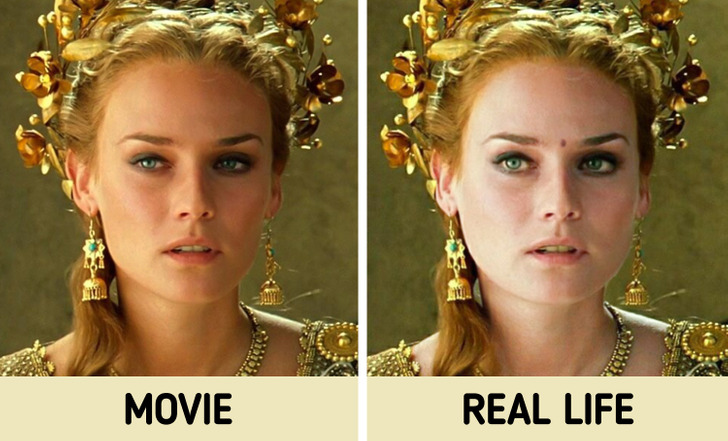
Many legends speak of Helen of Troy, and it is not surprising that the character’s been played by the most beautiful actresses of our time. Although it is not certain what features Helen had, it can be said with certainty that her appearance was very close to that of the canons of beauty of antiquity.
It can be assumed that Helen of Troy had a low forehead, a large, straight nose, a slightly upturned chin, and rounded forms. The History of the destruction of Troy that has come down to us says that the most beautiful of the women was distinguished by her light skin and hair, large eyes, and a small mole between her eyebrows.
2. Spartans had short hair.
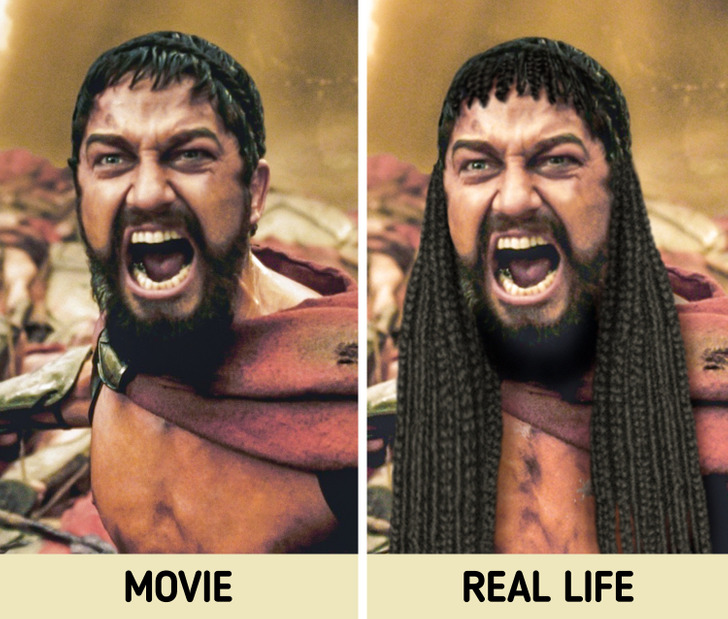
Most people think of Spartans as careless warriors who didn’t care about their appearance. Imagine how surprised we were when we learned that Spartan men took great care of their appearance. They paid particular attention to their hair, which they combed in long braids. In some ancient sources, we can find mentions of thick hair that reached their mid-back. The popularity of this hairstyle has also been demonstrated by the images that have come down to us.
3. The women of ancient Greece wore elaborate dresses.
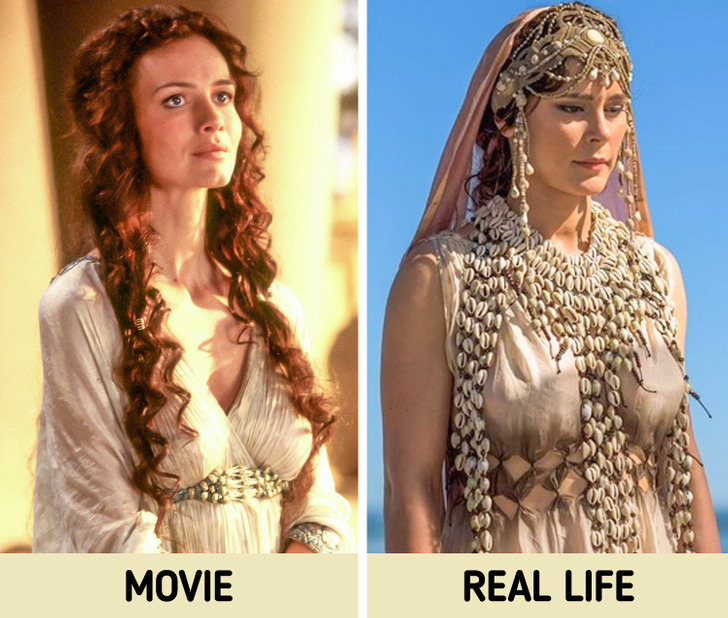
In most movies about ancient Greece, you’ll see heroines in perfectly fitted dresses with intricate cuts and seductive necklines. In reality, this was not the case.
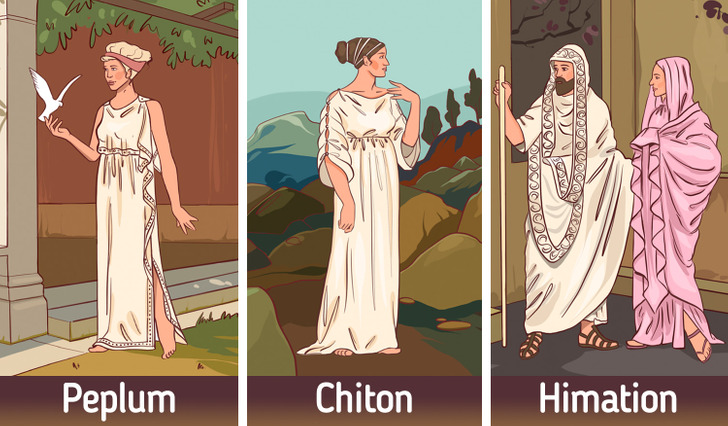
The main components of ancient Greek clothing, both female and male, were the tunics (peplum or chiton) and the mantle, known as himation. The peplum was a rectangular piece of cloth, usually wool, with a top edge that was folded back so that the fold reached the waist. At the shoulders, the peplum was pinned, and at the waist, it was often, but not always, fastened with a special belt. The fabric was sewn or secured on the sides with a fibula brooch.
The chiton was made of much lighter fabrics; as a rule, it was made of imported linen. This type of tunic was sewn at the sides, fastened with a belt, and at the shoulder with buttons or pins. The female chiton reached the floor, and the male chiton did not extend lower than the knees.
A himation was worn over the tunics. It was thrown over one shoulder or worn as a stole. Women could also wear a shawl or epiblem over their tunic. The fabrics were dyed in bright colors and decorated with elaborate embroidery.
4. Ancient Greek women plucked their eyebrows and wore their hair down.
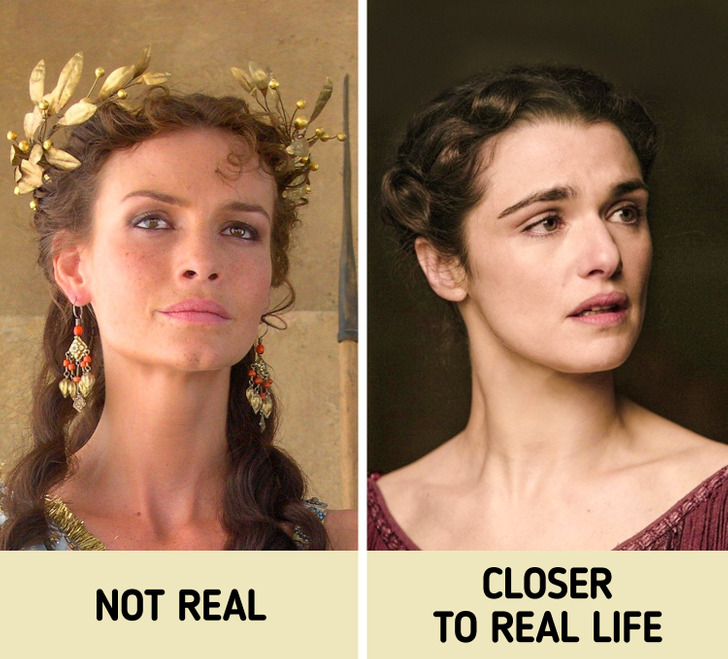
In the movies, ancient Greek beauties flaunt their beautiful locks of hair fluttering in the wind, carefully plucked eyebrows, and a beautiful Mediterranean tan. But the real women were somewhat different. In ancient Greece, naturally fused eyebrows, fair skin, and long hair, which married Greek women held in a bundle, were considered beautiful.
To get closer to the canon, women diligently lightened their skin, dyed their eyebrows with soot, or placed artificial eyebrows made of dyed goat hair on their foreheads.
5. The gladiators had an athletic build.
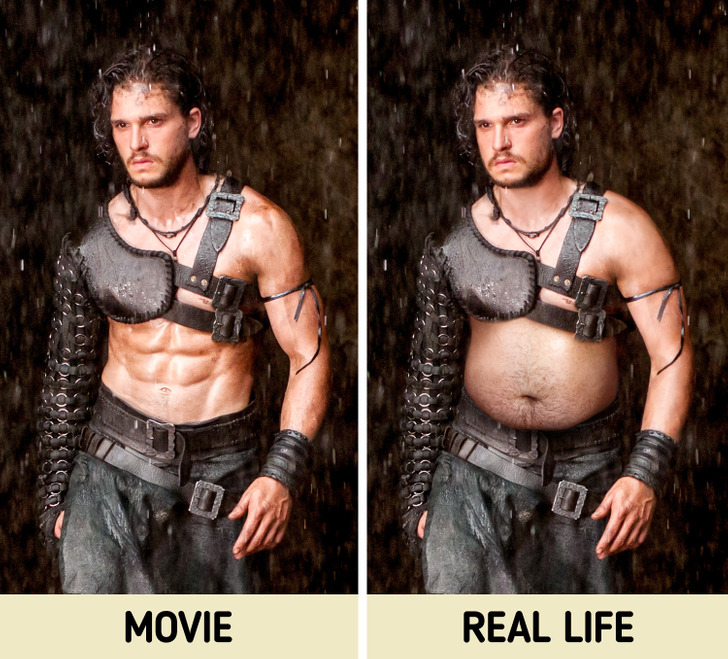
Studies of gladiatorial remains in a mass grave indicate a thick subcutaneous fat layer. This led scientists to assume that gladiators ate very little animal protein, but their diet was rich in carbohydrates, which they received through legumes and grains. This also explains the nickname the ancient Roman warriors received: “barley eaters.”
However, this does not mean they were saving on the fighters. If we consider the other conditions in which they kept them, it can be assumed that the purpose of the grain-based diet was to increase the fighters’ endurance and resilience. In other words, the gladiators were specially fed with carbohydrates to make them fight better and be more resistant. And to compensate for the lack of calcium, the soldiers drank a special drink based on vegetable ash.
6. The gladiators fought to the end at the cost of their lives.
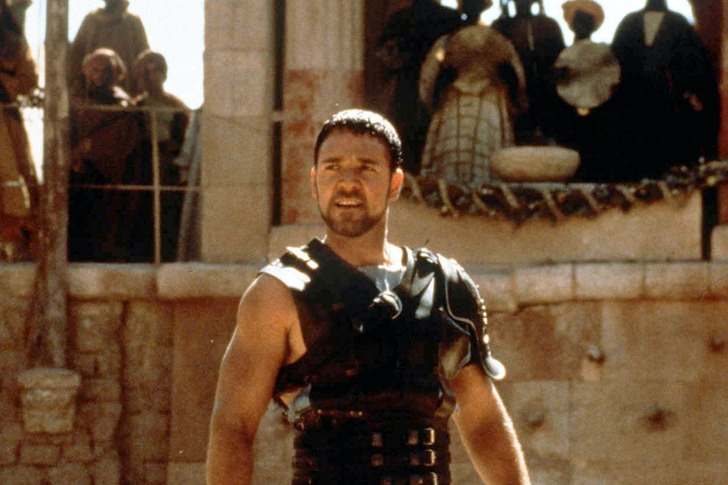
Contrary to what we see in the movies, gladiators do not always fight to the last breath. On the contrary, such an outcome of the battle was considered illegal. There were special rules for fighting and judges who monitored their strict observance. Huge funds were invested in gladiators, so it was unreasonable to lose them so quickly, even from a purely financial point of view.
7. All gladiators were slaves and were kept in inhumane conditions.
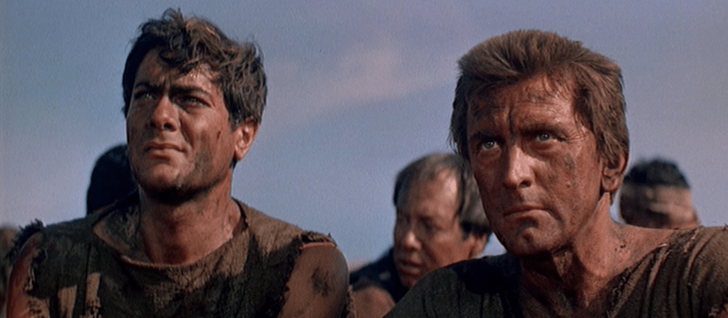
The gladiators were kept in decent conditions. They were entitled to amazing food and even to the services of doctors. The fighters were very popular among the locals and were a kind of celebrity: their portraits adorned public places, and little children dreamed of being like the warriors fighting in the arena. However, not all gladiators came from the lower class. Among them were volunteers, free citizens who took the gladiatorial oath of their own free will, thus exchanging personal freedom for a certain amount of money.
The fights were not always duels, as shown in the movies. They were major spectacles with elaborate sets and props. The gladiators wore intricate and often extravagant costumes that only vaguely resembled classical armor.
8. The fate of the gladiators was decided by thumbs up or thumbs down.
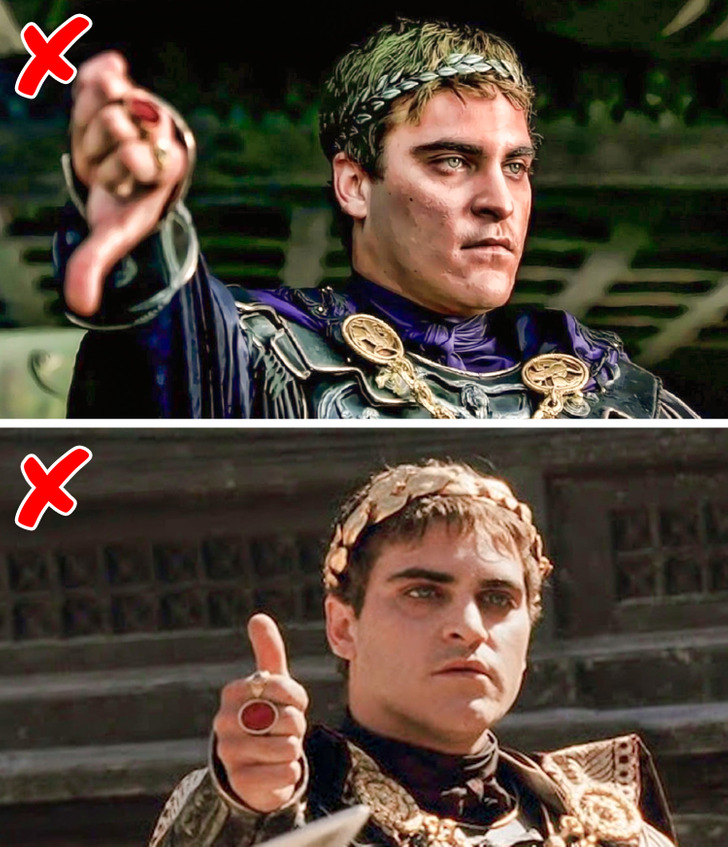
Some gestures decided the future fate of the gladiator, but they had nothing to do with the thumb. To spare the fighter, rulers would close their hand into a fist.
9. What Queen Olympia looked like
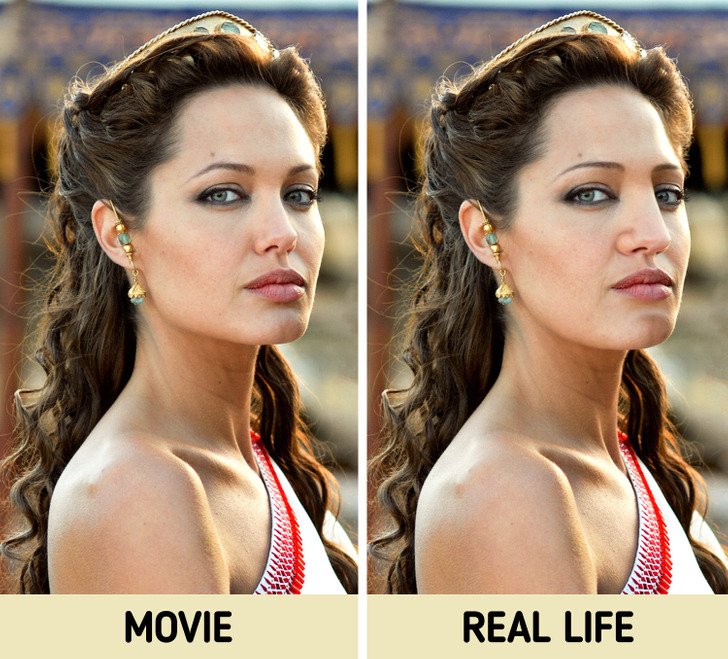
WARNER BROS. / BUITENDIJK, JAAP / Album / Album Online / East News
Looking at the lovely Angelina Jolie playing the role of Alexander the Great’s mother, Queen Olympia, we involuntarily think that all women of the ancient world had perfect noses, full lips, and chiseled cheekbones. But the truth is that, in reality, the queen was far from the image constructed by Hollywood creators. Judging by the only surviving image of Olympia, she had a classical Greek profile, low forehead, upturned chin, and a smooth-lined face.
Which of these facts was the biggest discovery for you? Do you know of any other historical myths that are shown to us in the movies?
Preview photo credit © WARNER BROS. / BUITENDIJK, JAAP / Album / Album Online / East News
























:max_bytes(150000):strip_icc():format(webp)/Alyssa-Milano-Shannen-Doherty-020324-5824006d8aaf4913a01454b3bc0c0def.jpg?w=1200&resize=1200,0&ssl=1)


















:max_bytes(150000):strip_icc():focal(749x0:751x2):format(webp)/Christianna-Apps-5-121825-ae06cb988405460987109364d7c522c3.jpg?w=1200&resize=1200,0&ssl=1)